No more than 16 km south of Aspen, there stands a ghost town. Named “Castle Forks City” in its early days, this town was the result of a phenomenon known as the Silver Rush – a period in American history when people dreamed big of mountains filled with silver. And it all began with two people – W.F. Coxhead and Charles B. Culver – prospectors who, upon leaving Leadville, set forth to search for silver down at the lowlands of Castle Creek.
Pretty soon they found what they were looking for and Coxhead returned to Leadville in triumph to announce the discovery. On his return to the place where the silver was found, he was surprised to see that there were already 23 more prospectors that had joined Culver–or crazy Culver as people referred to him–and that the whole area was named Castle Forks City.
The Silver Boom was born. All of the prospectors together formed what was known as the “Miners’ Protective Association”. Then they built themselves a courthouse and traced down the streets for will soon be known as the town of Ashcroft. And it only took them two weeks. Each of the association’s 97 members was paid $5 per day, plus an additional $1 to draw the blueprints for the construction lots.
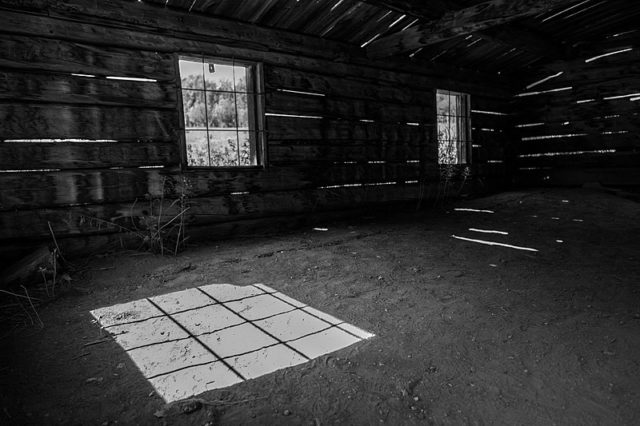
The town received its official named of Ashcroft in 1882 following the discovery of rich ore deposits in the mines of Tam O’Shanter and Montezuma – part of the mines belonged to Horace Austin Warner (“Haw”) Tabor or The Bonanza King of Leadville as he was known. According to some researchers, The Bonanza King came to visit Ashcroft and even organized a banquet and a ball. The town was equipped with 13 saloons.
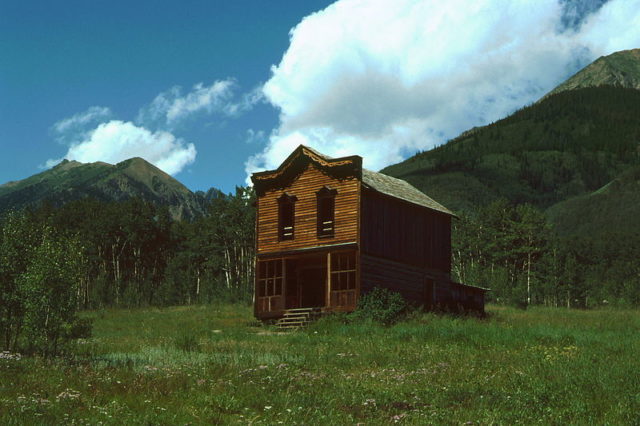
During the period when Horace was visiting, the town of Ashcroft was s prosperous city with around 2,000 residents. The town had its own newspapers as well as a school, a smelter, and sawmills. Truth be told, during this period, Ashcroft was way larger than Aspen for it stood much closer to Crested Butte, Colorado and its railway.
As years went on, the town kept expanding and around 1885, there were around 3,500 residents and six new hotels were built. But with time, the deposits of silver had been exhausted. And this is when things started to veer off. When the promise of a railway fell by the wayside, the workers were forced to seek their future elsewhere such as Aspen.
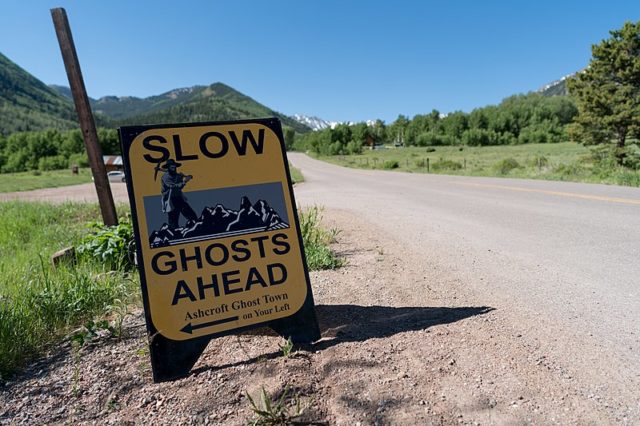
With the population of Ashcroft fallen to a mere 100 residents, and once the 20th century came, there were almost no residents there, except for a number of wizened old men who still considered Ashcroft to be their home. They even nurtured their own political system – every four years they held elections to elect officers.
And once Jack Leahy – the last denizen of Ashcroft – passed away in 1939, Ashcroft became a ghost town. Some years later during the 1930s, a new interest about this ghost town was born due to the increased popularity of the winter sports.
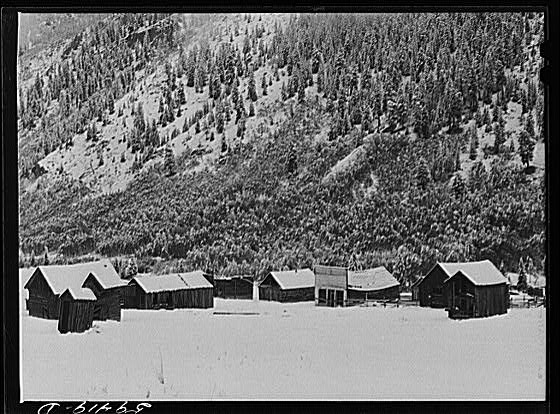
This is where Billy Fiske and Ted Ryan, the two sportsmen, came in. They opened what was known as the “Highland-Bavarian Lodge” to the north of the town of Ashcroft and even had plans to build a ski resort. But when the world was hit by the Second World War, all that these two men had planned was halted. Billy Fiske died on the battlefield and Ted Ryan went on to lease the town of Ashcroft to the United States Army for just one dollar per year.
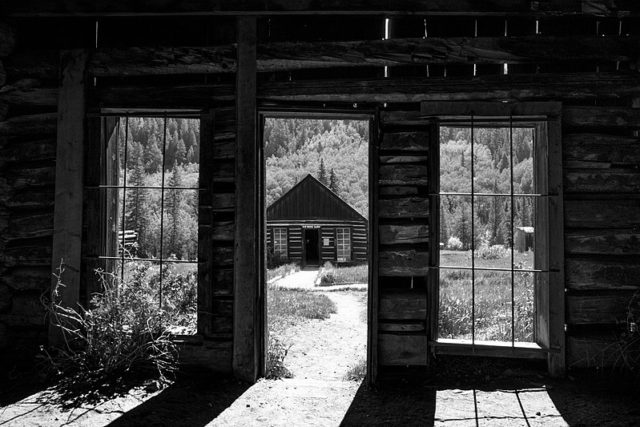
During this period, the town was used for military training. Today, the town of Ashcroft is part of the National Register of Historic Places, a ghost town, and a monument of the Silver Rush.
